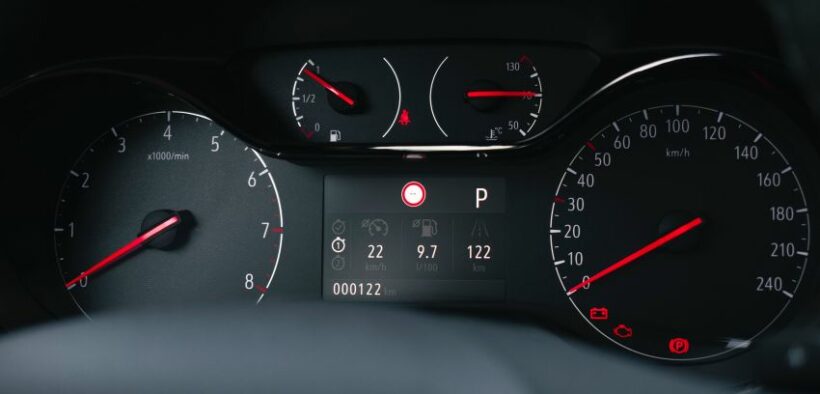Car Warning Lights: Your Vehicle’s Silent Alarms

Your car is not just a machine; it’s your trusty companion on countless journeys. From short grocery store runs to long weekend getaways, it faithfully takes you wherever you want to go. But, like any relationship, maintaining your car’s health is crucial, and part of that means being aware of the signals it sends. Just as we display symptoms when unwell, cars exhibit warning lights when they’re experiencing issues that can affect their performance.
These warning lights on your dashboard should not be ignored. In this article, we’ll discuss the ten most common warning lights that may appear on your dashboard and what actions to take when you see them.
Check Engine Light
The Check Engine Light is a yellow warning that indicates an engine problem. It may not necessitate an immediate pull-over, but you should investigate as soon as possible. This light can be triggered by a loose gas cap or issues with the emission system. However, a flashing Check Engine Light is a serious concern that requires an immediate stop and a call to a mechanic.
Engine Temperature Warning
Your car’s engine needs to run at a balanced temperature for optimal performance. The temperature gauge on your dashboard provides real-time data, and the temperature warning light only appears in emergencies. If you see this light, pull over immediately as it indicates an overheating engine. Low coolant levels, leaks in the cooling system, a malfunctioning thermostat, or a radiator leak could be the cause.
Oil Pressure Warning Light
Engine oil is essential for lubrication and reducing friction. An oil pressure warning light means that your car’s oil pressure has dropped, potentially causing severe engine damage. Pull over and check your oil levels. Low levels can be topped up, but if the light remains on, it may signify a leak in the oil circulation system or a faulty oil pump.
Tyre Pressure Warning Light
Maintaining the right tyre pressure is crucial for fuel economy, grip, and tyre lifespan. The tyre pressure warning light can indicate low pressure in one or more tyres. Visit the nearest air station to top up your tyres and ensure the best driving experience.
ABS Warning Light
The Anti-Lock Braking System (ABS) is a safety feature that prevents wheel lock during hard braking, maintaining control. The ABS Warning Light signals an issue that should be resolved for maximum driving safety.
Brake Alert Indicator
Brakes are a car’s most vital system, and the Brake Alert Indicator should never be ignored. It might appear when the handbrake is disengaged, indicating a problem with the braking system or a brake fluid leak. Seek mechanical help to resolve the issue before driving.
Seatbelt Reminder
The seatbelt reminder light is a common one, reminding you to buckle up. It’s often accompanied by a chime. Buckle up as soon as you see it to ensure your safety.
Battery Alert Light
The car battery powers electronic systems. The Battery Alert Light indicates an issue with the battery and/or charging system. It might also suggest a loose or damaged battery cable or a broken alternator. When you see this light, check your battery or examine the cables and alternator.
In a car, warning lights indicate issues that need immediate attention. Whether minor or significant, addressing these warnings not only prevents costly repairs but also ensures your safety while driving.
Your car communicates with you through warning lights. These indicators help you understand your car’s condition. Ignoring them can lead to costly repairs or even safety risks. When a warning light appears on your dashboard, be attentive and take the necessary action to keep your car in excellent shape.









